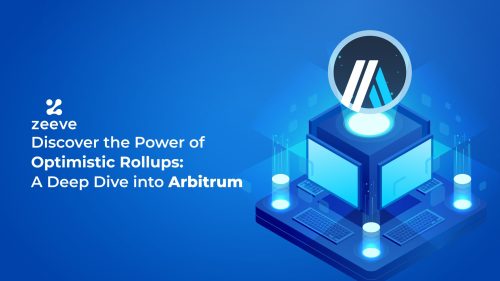
Arbitrum: Unraveling the Power of Layer 2 Scaling
In the constantly changing realm of blockchain technology, Ethereum has emerged as a prominent platform for decentralized applications (dApps) and smart contracts. Nevertheless, along with its increasing fame, there came a rise in the obstacles related to its infrastructure. Two significant pain points that Ethereum has been grappling with are high transaction fees and scalability issues. The surge in demand for transactions on the Ethereum network led to congested blocks and exorbitant fees, making it less feasible for small-scale users and stifling the growth of the ecosystem. As a solution to these imminent limitations and to tap the full potential of Ethereum, the concept of layer 2 solutions came into play. Among these innovative scaling solutions, Arbitrum stands out as a promising remedy for Ethereum’s transaction fee and scalability woes. In this blog post, we will delve into the intricacies of these challenges and explore more about how Arbitrum as a layer 2 solution is revolutionizing the Ethereum ecosystem. This article will explore various aspects of Arbitrum, such as its classification as an L2 solution, its functioning, the process of bridging ETH to Arbitrum, and its potential benefits for the Ethereum network.
Understanding Arbitrum
Arbitrum seeks to address the challenges of network congestion and high transaction costs on Ethereum by offloading a significant portion of the workload and data storage from Ethereum’s mainnet or layer 1 (L1). Arbitrum employs a groundbreaking approach known as optimistic rollups, which significantly boosts the speed, scalability, and affordability of Ethereum transactions. It also utilizes a technique called off-chain data storage, referred to as a layer 2 (L2) scaling solution, which operates independently of the Ethereum network. Offchain Labs, the organization responsible for developing Arbitrum, was established in 2018 by Ed Felten, an esteemed professor of computer science and public affairs at Princeton University.

The primary objective during the development of Arbitrum has always been to effectively scale Ethereum while prioritizing security. This commitment to security is the driving force behind the decentralization of the chain since security and decentralization are interconnected. In order to establish a secure and decentralized Layer 2 (L2) solution, it is essential to eliminate any centralized points of control within the chain, enabling it to operate in a trustless manner.
Now, the question arises: How does one eliminate centralized control? The initial requirement is to construct the foundational technology that enables the chain to function without relying on centralized entities. One crucial aspect of this technology is the implementation of fraud proofs, which empower Ethereum to uphold the accuracy of the chain. These fraud proofs have been operational since the early stages of Arbitrum’s initial testnet launch and play a critical role in ensuring both security and decentralization.
Arbitrum’s Advantages: Empowering Users for a Seamless and Efficient Future
Arbitrum presents a multitude of noteworthy characteristics that enhance its effectiveness and attractiveness:
Optimistic RollUps promoting low-cost transactions: The Arbitrum protocol leverages optimistic rollups to accomplish swift and affordable transactions on the Ethereum network. With optimistic rollups, transaction processing occurs off-chain, resulting in more efficient and cost-effective transaction handling compared to the primary Ethereum chain.
Enhanced Transaction Efficiency: The Arbitrum protocol leverages optimistic rollups to facilitate swift and cost-effective transactions on the Ethereum network. By enabling off-chain transaction processing, optimistic rollups streamline the transactional flow, enhancing efficiency and reducing costs compared to the primary Ethereum chain.
Robust Security Measures: With a strong emphasis on security, the Arbitrum protocol incorporates advanced cryptographic techniques and rigorous security protocols. These measures ensure the utmost protection for transactions. Additionally, the protocol implements fraud proofs, enabling prompt resolution of disputes or discrepancies that may arise.
Seamless Ethereum Integration: Arbitrum boasts seamless compatibility with the Ethereum Virtual Machine (EVM). Developers can easily create and deploy smart contracts and decentralized applications (dApps) on the Arbitrum network with this sort of compatibility. Furthermore, existing Ethereum tools and infrastructure can seamlessly be utilized on the Arbitrum network, amplifying its capabilities.
Decentralized Governance: The governance of the Arbitrum protocol rests in the hands of a decentralized community of validators. These validators, selected based on their stake in the network, collaborate to maintain the network’s integrity and security. They actively contribute to decision-making processes concerning protocol upgrades, changes, and enhancements.
Scalability Advantages: A prominent advantage of Arbitrum lies in its exceptional scalability. Through its Layer 2 solution, Arbitrum facilitates significantly faster and more affordable transactions compared to other blockchains, such as Ethereum. By conducting the bulk of the work off-chain, the strain on the primary Ethereum blockchain is alleviated, resulting in enhanced scalability.
Interoperability with Ethereum: Arbitrum seamlessly integrates with the Ethereum ecosystem, allowing developers to effortlessly migrate existing projects. This interoperability empowers users to interact effortlessly with both blockchains, expanding the potential use cases for both platforms and fostering innovation in the blockchain space.
Arbitrum’s combination of efficient transaction processing, robust security measures, seamless Ethereum integration, decentralized governance, scalability advantages, and interoperability establishes it as a promising solution within the blockchain landscape.
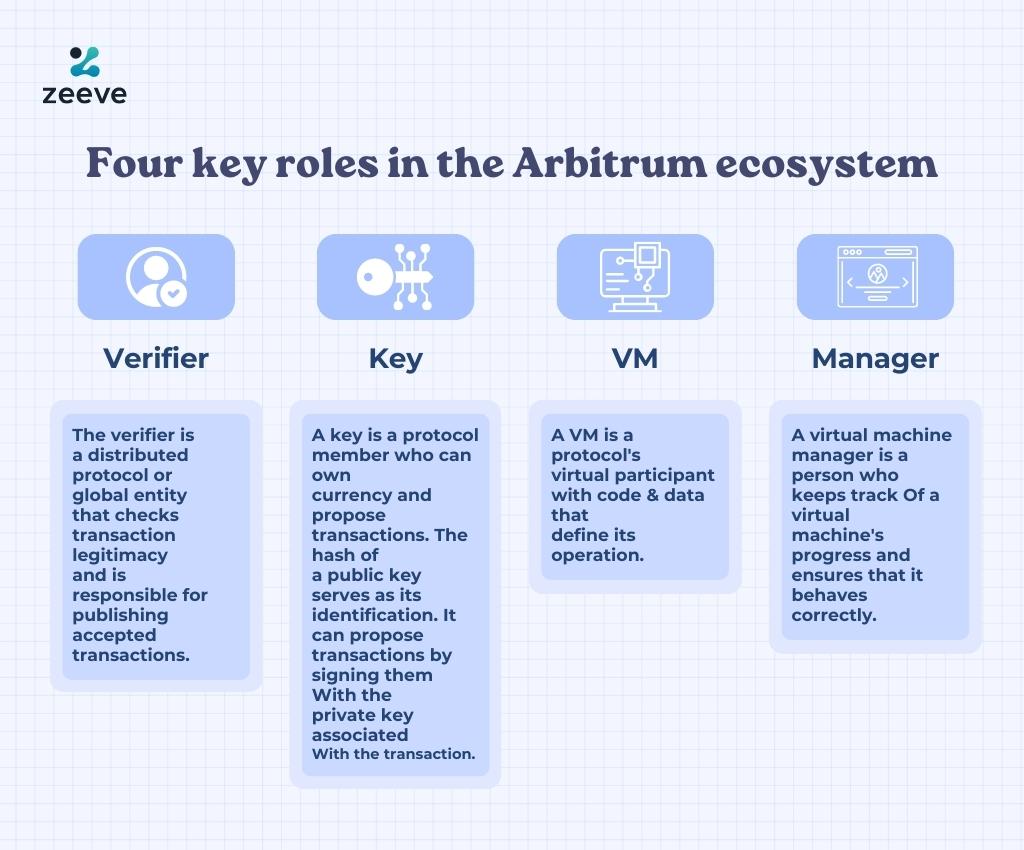
Working of Arbitrum blockchain
Within the Arbitrum ecosystem, there exist four crucial components that play distinct roles: verifiers, a virtual machine (VM), a key, and a manager. Arbitrum uses a cryptocurrency design where smart contracts are implemented as VMs, encoding the contract rules within them. VMs operate on the Arbitrum Virtual Machine (AVM) Architecture.
The VM’s designer appoints a set of managers for each virtual machine. Thanks to the Arbitrum protocol, any honest manager can enforce the VM’s behavior based on its code. Entities involved in the VM’s result have the option to designate a reliable representative or take on the role of managers themselves. It is customary to place a restriction on the number of managers for a particular agreement. By employing managers, the extensive task of duplicating the execution of the VM is alleviated, reducing costs significantly. The verifiers’ responsibility lies in overseeing the hash of the VM’s state, eliminating the need to monitor the entire state itself.
Arbitrum incentivizes managers to reach an agreement on the VM’s operation through an out-of-band arrangement.
Verifiers accept state modifications that all managers support. In case of a disagreement between managers, a bisection technique is employed to narrow it down to a single instruction. One manager then offers a proof for that instruction. VMs and parties have the capability to engage in communication and financial transactions. In situations where a manager presents a contentious statement and another manager raises a challenge, the bisection protocol is triggered. Both managers place a currency deposit as collateral. In the Arbitrum chain, when a DApp runs, validators can be selected specifically for that app’s consensus process. Unlike Ethereum, where validators track all network apps, Arbitrum’s localized approach ensures that a validator working on one app cannot interact with other Arbitrum apps. This reduces the interconnection between nodes and leads to faster transaction processing.
Potential Use Cases and Applications of Arbitrum
A. Arbitrum presents various opportunities for DeFi (Decentralized Finance) applications. The scalability and cost-effectiveness offered by this Layer 2 solution can greatly benefit DeFi protocols, enabling faster transaction processing and reducing transaction fees. With Arbitrum, users can experience improved liquidity provision, yield farming, lending, and borrowing activities within the DeFi ecosystem, making it an attractive choice for DeFi enthusiasts and projects looking to optimize their operations.
B. Gaming and NFTs (Non-Fungible Tokens) can also leverage the capabilities of Arbitrum. By utilizing its scalability and low transaction costs, gaming platforms can enhance the user experience by enabling faster and more affordable in-game transactions, such as the purchase and exchange of digital assets and NFTs. This can lead to a more seamless and immersive gaming experience while maintaining the security and ownership guarantees provided by blockchain technology.
C. Beyond DeFi and gaming, Arbitrum exhibits potential for other use cases as well. Supply chain management, identity verification, decentralized exchanges, and social media platforms are among the various applications that can benefit from Arbitrum’s scalability and cost efficiencies. As the ecosystem continues to mature and evolve, new and innovative use cases are likely to emerge, further expanding the adoption and impact of Arbitrum across various industries.
What projects are on Arbitrum?
Arbitrum stands out as an L2 expansion rollup, specifically designed for the Ethereum blockchain. Some of the notable projects that have chosen to build on Arbitrum include Sushiswap, Curve, Abracadabra, AnySwap, and Synapse. In addition, Uniswap, a popular decentralized exchange (DEX) and AAVE, showcases its multi-chain capabilities. However, the native projects on Arbitrum have garnered significant traction, with exceptional momentum demonstrated by platforms like GMX, a perpetual contract exchange. Additionally, revenue aggregators for derivatives and the vault Jones DAO have also emerged as noteworthy ventures within the Arbitrum ecosystem.
In December 2022, Camelot, the built-in decentralized exchange (DEX) on the Arbitrum platform, successfully concluded its token sales. Camelot stands out as a robust DEX, combining the best aspects of Uniswap V2 and Curve protocols, while also introducing additional functionalities.
Use of Arb Gas – Arbitrum
Arbitrum utilizes a unit called ArbGas to monitor execution costs on its chain. Each instruction in the Arbitrum VM carries a specific ArbGas cost, and the overall cost of a calculation is determined by summing up the ArbGas fees of all the instructions involved. This cost is then compared to Ethereum’s gas limit.
Unlike Ethereum’s gas fees, Arbitrum does not have a strict limit on ArbGas. As a result, executing transactions on Arbitrum is significantly cheaper compared to ETH gas fees. The purpose of the fees is generally to compensate validators on the Arbitrum chain for their expenses, although the default setting is to have zero fees.
In addition, ArbGas is also incurred for proof-checking every instruction performed by the AVM. It is crucial to ensure that the EthBridge does not exceed the L1 gas limit by estimating the amount of L1 gas required for the EthBridge. Moreover, accurately estimating the emulation time is essential for determining the throughput of the rollup chain, as it allows us to establish a safe speed limit for the chain.
ArbGas and Ethereum gas have distinct focuses and purposes. While Ethereum gas primarily aims to facilitate operations on the Ethereum network, ArbGas is specifically designed to estimate emulation on the AVM. By specializing in different areas, both ArbGas and Ethereum gas contribute to the smooth functioning of their respective networks. Notably, accessing storage on Ethereum is exceptionally expensive since any storage right established on Ethereum imposes an obligation on all Ethereum miners, potentially indefinitely.
How to run your DApp on Arbitrum?
In order to operate your DApp on Arbitrum, certain essential tools are required: the Arbitrum compiler, EthBridge, and a validator implementation. These tools can be conveniently accessed as open-source software on GitHub, provided by Offchain Labs. To initiate the procedure, employ the Arbitrum compiler to compile your Solidity contracts. This compilation will generate an AVM (Arbitrum Virtual Machine) as the outcome. Next, select a group of validators who will be responsible for monitoring and ensuring the correct execution of your VM.
Validators can be individuals chosen by the VM builder. Additionally, you have the option to appoint observers who can view the actions performed by your VM. However, observers do not have the responsibility of guaranteeing accuracy like validators do.
Arbitrum provides the AnyTrust Guarantee, which ensures that your VM will operate correctly as long as at least one validator remains online and acts honestly. Once you are prepared, utilize EthBridge to execute your VM on Arbitrum and specify the validators for your VM.
With your VM now active on Arbitrum, users of your DApp can access the existing front-end interface through their browsers. The user-friendly interface will establish a smooth connection with the active virtual machine (VM) by means of discrete communication channels with the validators. Users can conveniently engage with the VM, execute commands, and transfer ETH or other Ethereum-compatible tokens to the VM by simply depositing funds into their Arbitrum wallet.
Deeper Insight into Arbitrum and Optimism
When it comes to Layer 2 solutions, there are several popular options available in the market.
The primary objective of these solutions is to tackle the scalability challenges encountered by popular blockchain networks. They achieve this by executing transactions off-chain and subsequently finalizing them on the main chain. Some notable Layer 2 solutions include Optimism and zkRollups, each with its own unique features and approaches.
Abritrum and Optimism share a common feature in that they are deployed selectively, specifically when faulty blocks are detected, rather than being activated for every transaction. Moreover, both networks have cross-chain bridges facilitating the movement of tokens between layer 1 and layer 2. However, Arbitrum utilizes a technique called multi-round fraud proofs, which ensures security by allowing users to submit evidence if they detect any fraudulent activity. On the other hand, Optimism uses a different approach known as single-round fraud proofs. While both solutions offer scalability benefits, the choice between Arbitrum and Optimism depends on specific use cases and requirements.
In the realm of zkRollups, Arbitrum sets itself apart by offering a different set of features and functionalities. zkRollups employ zero-knowledge proofs to condense and combine numerous transactions into a binary proof, subsequently authenticated on the blockchain. By adopting this method, the quantity of data to be retained on the primary chain is diminished, thereby enhancing scalability. Arbitrum leverages its own unique version of zkRollups, focusing on efficiency and performance. By prioritizing low gas costs and faster transaction processing times, Arbitrum aims to provide a seamless user experience while ensuring high scalability.
The future of Arbitrum
In the early stages, Ethereum and Bitcoin, among other Layer 1 (L1) blockchain platforms, prioritized decentralization and security, often leading to scalability challenges and high gas fees. However, Arbitrum is taking a different approach by introducing Optimistic Rollups, a solution that aims to address this blockchain trilemma without compromising on any of the three elements.
Despite the advancements made by Arbitrum as a leading Layer 2 (L2) platform, the Ethereum community believes that a more comprehensive long-term solution lies in the implementation of zk-Rollup. This cutting-edge technology has the potential to further enhance scalability and facilitate the expansion of the platform.
As Arbitrum continues to embrace current technological trends, it is anticipated that the platform will evolve and grow, offering improved scalability and a seamless user experience.
Zeeve as a web3 infrastructure partner to launch dAPP on Arbitrum
Zeeve offers managed hosting services specifically tailored for Arbitrum validator nodes, aiming to maximize performance and ensure continuous availability. Developers are provided with the flexibility to select between full, archive, and validator nodes, which can be effortlessly deployed on Zeeve’s platform. With Zeeve’s intuitive monitoring dashboards and proactive alerts and notifications, developers can devote their attention to application development without distractions.
Zeeve provides advanced node monitoring tools that allow you to effectively monitor and manage the performance and well-being of your Arbitrum validator node. With the ability to configure customized alerts, you can promptly address any potential issues or errors, guaranteeing swift deployment and seamless operation.



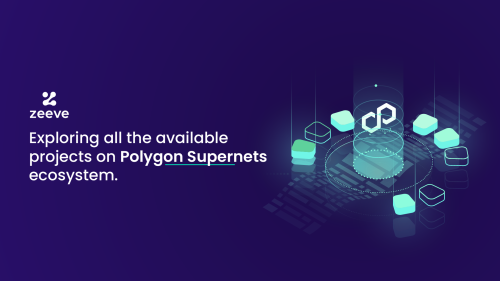

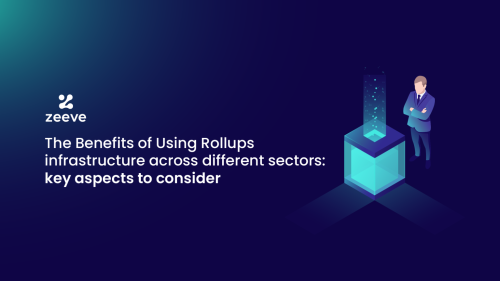
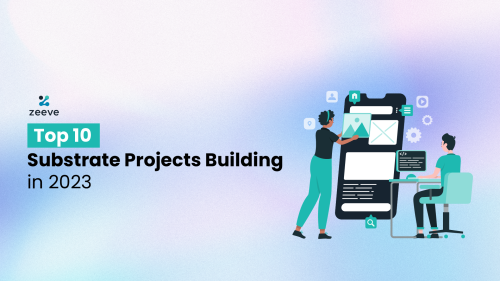
Responses